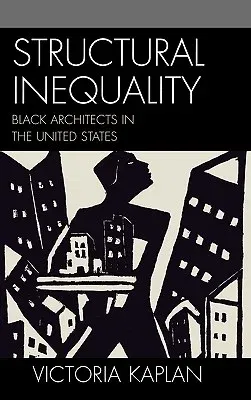Victoria Kaplan
(Author)Structural Inequality: Black Architects in the United StatesHardcover, 11 May 2006

Qty
1
Turbo
Ships in 2 - 3 days
In Stock
Free Delivery
Cash on Delivery
15 Days
Free Returns
Secure Checkout

Part of Series
Perspectives on a Multiracial America
Print Length
244 pages
Language
English
Publisher
Rowman & Littlefield Publishers
Date Published
11 May 2006
ISBN-10
0742545822
ISBN-13
9780742545823
Description
Product Details
Author:
Book Format:
Hardcover
Country of Origin:
US
Date Published:
11 May 2006
Dimensions:
22.91 x
15.95 x
2.26 cm
Genre:
African American
ISBN-10:
0742545822
ISBN-13:
9780742545823
Language:
English
Location:
Lanham, MD
Pages:
244
Publisher:
Weight:
494.42 gm